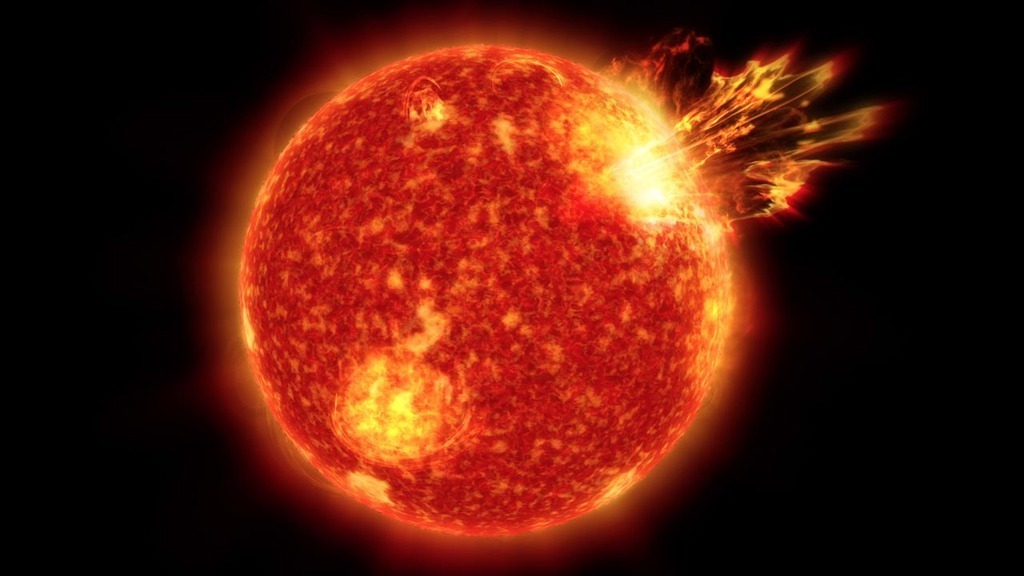Our Sun plays a key role in providing the Earth with energy. But it is also a source of significant disturbances in the atmosphere. This week there were two large-scale solar flares that caused a radio communication failure across the United States.

“The X1.5 Flare caused an R3 (strong) radio blackout event on the daylit side of the Earth (most of the US and Canada and the Pacific Ocean),” said solar physicist Keith Strong.
The second flare reached Earth on August 7. According to the National Oceanic and Atmospheric Administration, it received the classification X1.5. EarthSky notes that Class X solar flares are the most intense. They cause degradation and failures of high-frequency radio signals, especially the one on the side of the Earth that is illuminated by the Sun.
The Sun emitted a strong solar flare on Aug. 7, 2023, peaking at 4:46 pm EDT. NASA’s Solar Dynamics Observatory captured an image of the event, which was classified as X1.5. https://t.co/MEYYmrSDkI pic.twitter.com/0WCotB48eR
— NASA Sun & Space (@NASASun) August 7, 2023
“Solar flares are powerful bursts of radiation. Harmful radiation from a flare cannot pass through Earth’s atmosphere to physically affect humans on the ground. However – when intense enough – they can disturb the atmosphere in the layer where GPS & communications signals travel,” NASA reported.
This flare-up was preceded by another one, which took place on August 5. It also belonged to Class X, but was more powerful — with an intensity of X1.6.
Solar flares can affect our planet, distorting the passage of radio signals and even posing a threat to space missions. Last year, the Solar Orbiter Observatory (ESA, NASA) was influenced by solar plasma from a coronal mass ejection that occurred a few days before. Fortunately, it survived thanks to its construction, which allowed it to withstand such conditions. But flares can be dangerous for less protected interplanetary vehicles.
Earlier we reported how a super-powerful eruption on the Sun was noticed on Earth, the Moon and even Mars.
According to space.com
Follow us on Twitter to get the most interesting space news in time
https://twitter.com/ust_magazine

